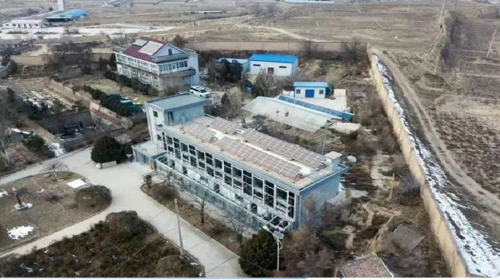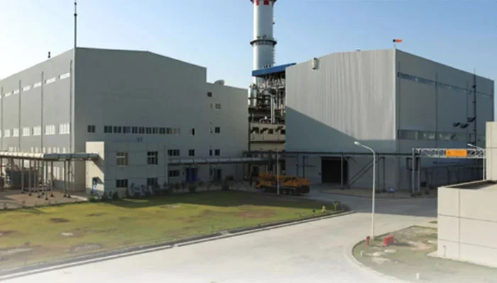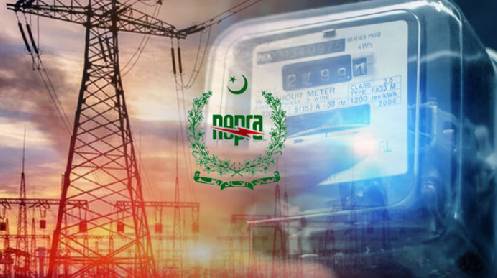China’s first PV power plant was built in Gansu Province in 1983 and has been operating continuously for the past 39 years, way beyond the standard life cycle of 25 years. So, what are the secrets behind the plant’s reliability and operational longevity? Across May and June, industry professionals debated PV product reliability in three consecutive live streamed events, themed ‘PV, to make friends with time.’
The experts involved agreed that, while a PV power plant is an asset capable of generating consistent income, associated risk can only be reduced by guaranteeing long-term stability and the capacity to withstand extreme weather conditions. In summary, reliability must be prioritized.
The Gansu Energy Institute, which owns the 39-year-old power facility, was represented by Shimin Li. According to Li, when the size of a high-efficiency module increases, the area and weight of its aluminium frame will grow and mechanical strength will be significantly reduced. It is vital to be aware of the risk of module deformation, as the frequency of breakage of large modules needs to be addressed. Product costs cannot be cut at the expense of quality, as the primary concern for a plant owner is its long term stability and guaranteed income. The importance of brand recognition should also not be underestimated, with well-known brands tending to be more reliable.
Dr Bo Fu of DuPont focused on module materials. Monocrystalline silicon is itself very stable, but components such as ribbons, backsheets and aluminium frames must also be reliable to ensure the long-term stability of power generation.
In terms of the future development of the PV industry, LCOE is an essential factor in driving the technological upgrade of module products, with a power plant’s power generation capability during its lifespan a key consideration. Not only must a module pass standard laboratory testing, it must also be able to withstand extreme weather conditions such as snow pressure, hail and hurricane. As a result, module size should have some limitation, on the basis that a bigger module is not automatically a better module. Manufacturers should avoid gimmicks and not indulge in hyperbole of brands and concepts. It is vital that bold assumptions are thoroughly checked and challenged to avoid excessive risk-taking bringing about an endless number of concealed dangers.
According to Zhenshuang Ji, deputy director of the China General Certification Center (an international photovoltaic certification and inspection body), a successful power plant should combine high efficiency, safety and reliability. Of these, reliability is the crucial aspect, since a plant is expected to operate continuously from the system end to the equipment end. Module size design must also take into account all aspects of the industrial chain, which is driven by demand rather than manufacturing. The PV industry needs to place more emphasis on reliability. Efficiency is the goal, safety is the foundation and reliability the guarantee. All three are non negotiable.
LONGi’s Dr Jun Lv and Dr Max Li pointed out that industry analysts are indicating that the overall market share for 182mm modules has reached 56% this year, which suggests support for the view that cell efficiency rather than module size should be the priority. LONGi’s focus continues to be on reducing costs and increasing power, with the conversion efficiency of p-type HJT and indium-free HJT cells already increased to 25.47% and 25.40% respectively this year.
According to whole life cycle standards, LONGi products fully integrate the PV industry’s upstream and downstream activities into their planning and design. Modules are carefully selected, production is strictly monitored and after-sales support is prioritised. Only with such an approach can PV modules achieve a life cycle of 20-30 years and be fully resistant to adverse weather conditions.
Specialists from universities and third party institutions have also expressed the view that the module is a crucial part of the PV industry chain, with its quality and safety a matter of the utmost priority. The industry must pursue a long-term strategy that is not merely a methodology, but also a value and, in certain respects, a belief. Creating long-term value is beneficial to everyone.




